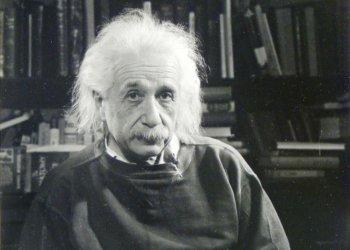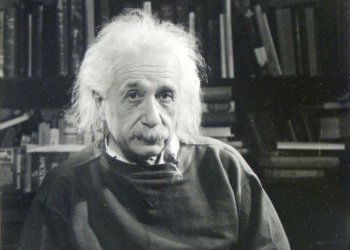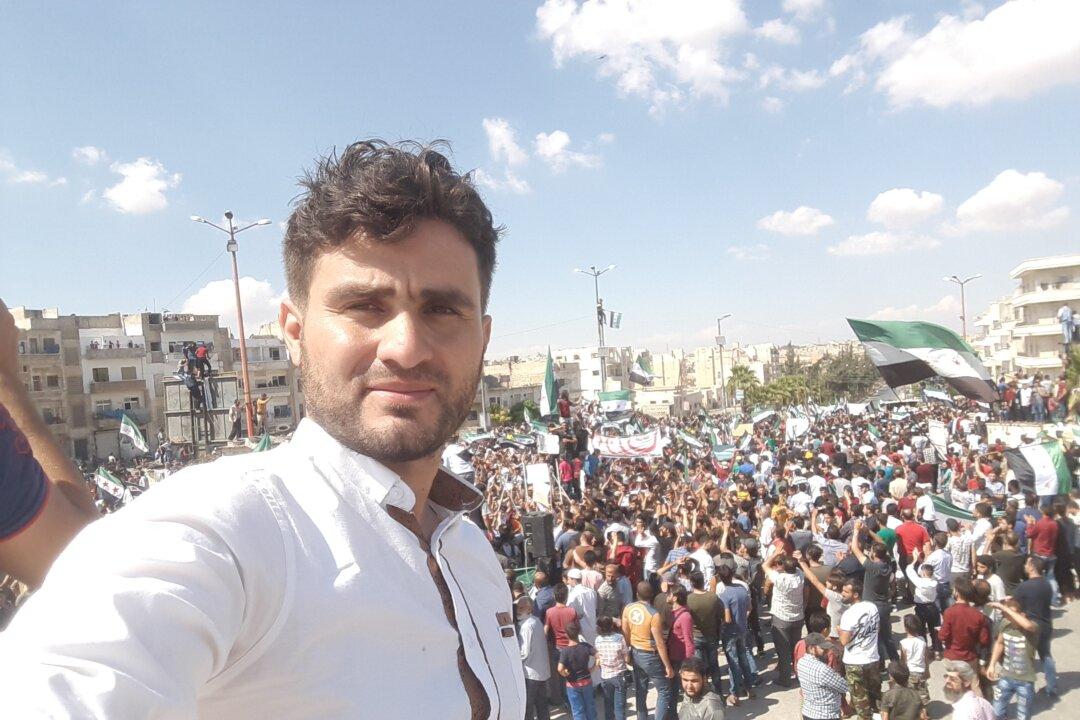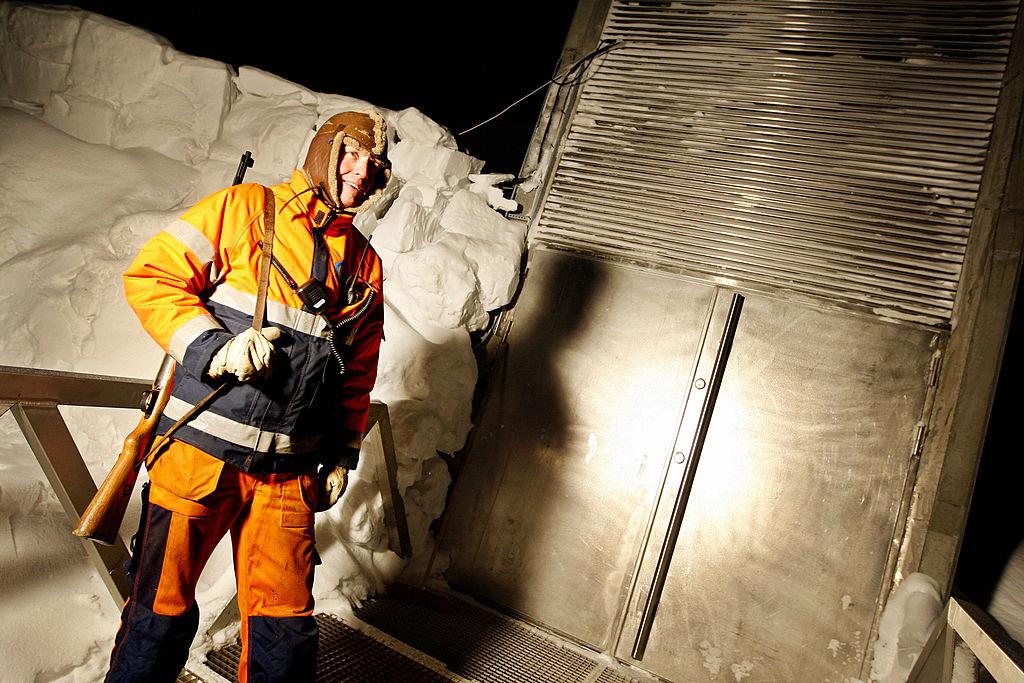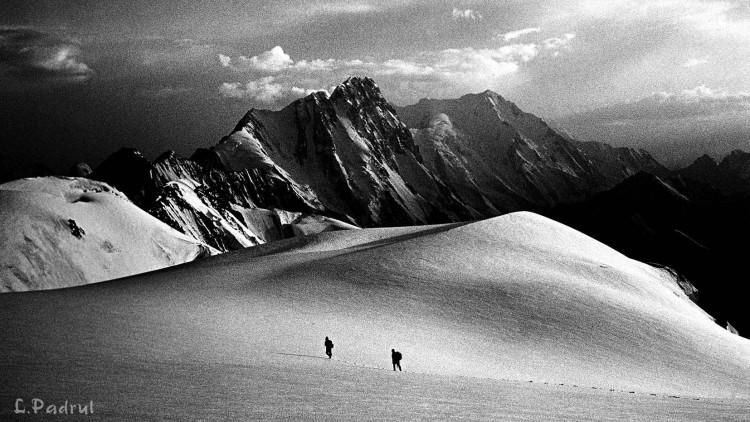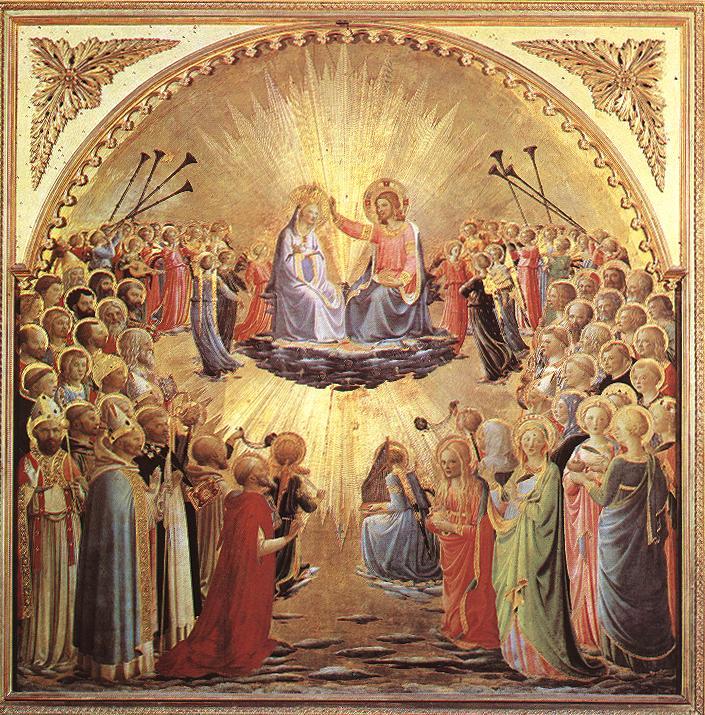Inner Jump—A Voyage Beyond the Image
The Latvia-born American photographer Halsman made people—including many celebrities—jump to catch their true face.
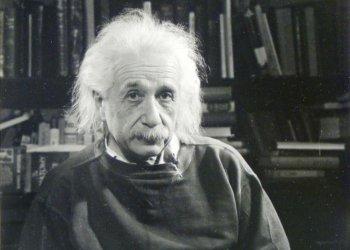
TIMELESS: The Latvian-born American photographer Philippe Halsman searched to capture the true character of his models. Albert Einstein was one of the many celebrities who sat for him. Open Museum of Photography, Tel Hai, Israel
|Updated:
